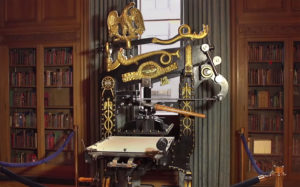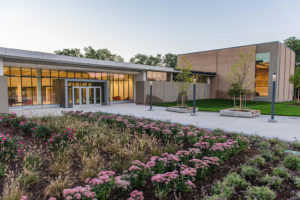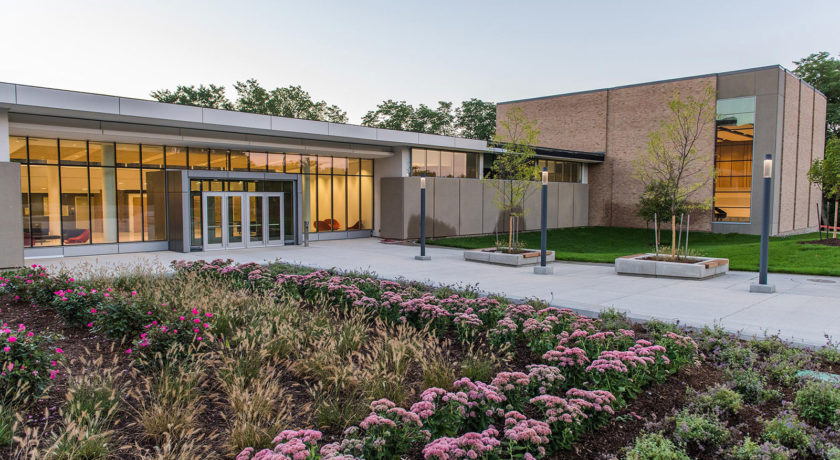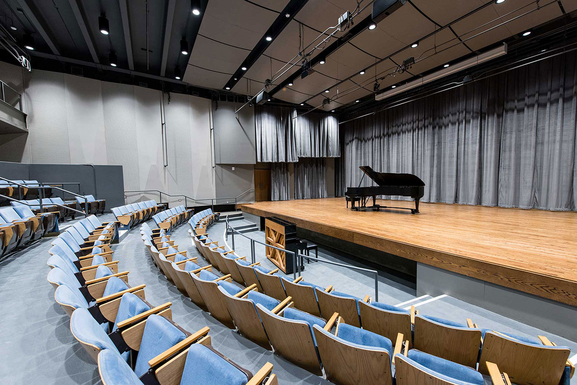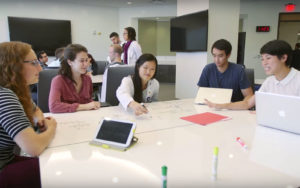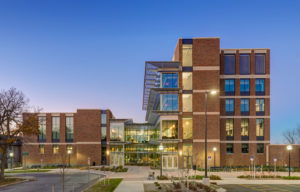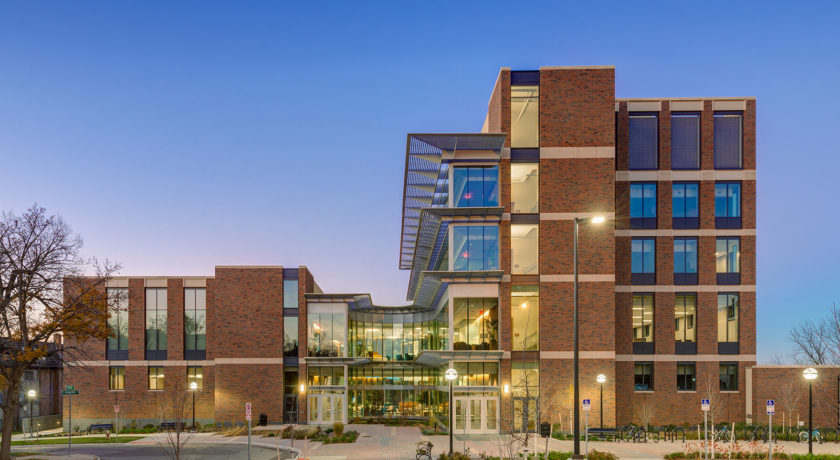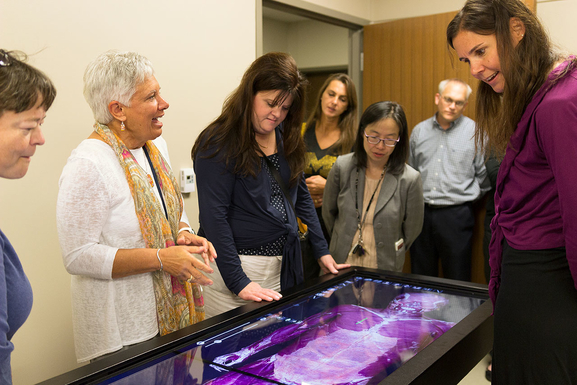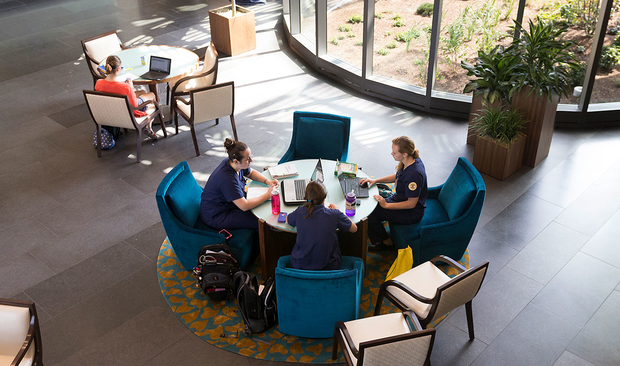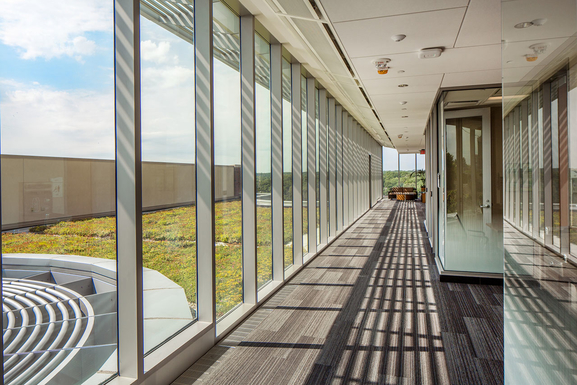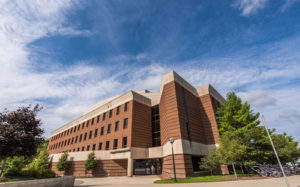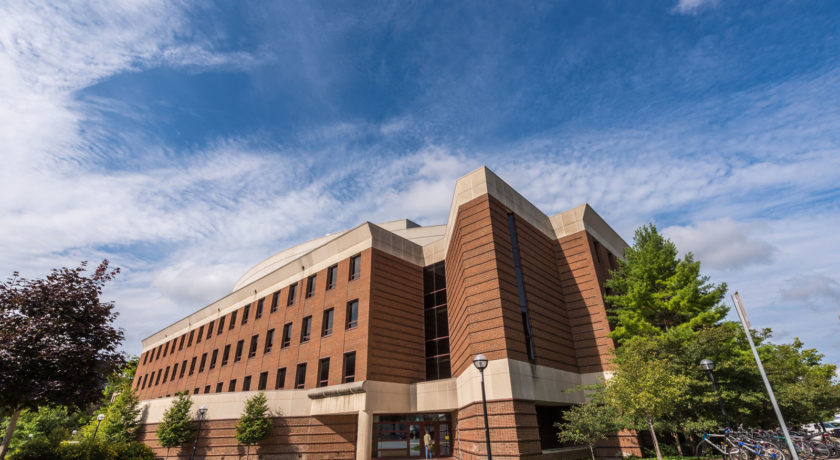Innovative Munger Graduate Residences open
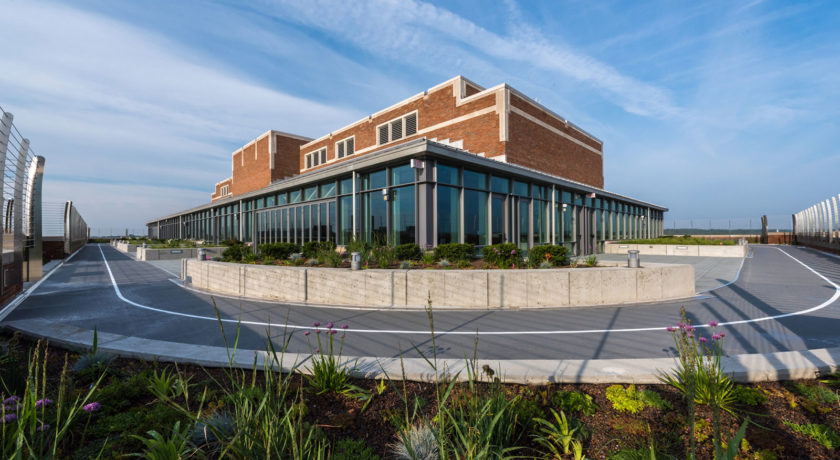
The new Munger Graduate Residences opened Aug. 1, 2015. The $150 million, approximately 380,000-square-foot building houses 630 graduate students in a unique high-density residential-academic arrangement. Students from 36 different countries and more than 70 graduate programs are represented in the new facility. It is located between Division and Thompson streets at Madison Street.
The vision for the facility and program was inspired by philanthropist and U-M alumnus Charles T. Munger, who provided a $110 million gift to fund construction of the residence hall and fellowships for graduate students. From concept to grand opening, the building was constructed over two-and-a-half years.
“The Munger Graduate Residences will provide our graduate and professional students with further opportunities to engage one another across different academic disciplines, backgrounds, and thought, while enriching their educational experience on our campus.”
– Mark S. Schlissel, president of the University of Michigan
The residence hall is designed for a high level of diversity and interaction among graduate students studying across the university’s 19 schools and colleges. Combining high-quality living standards, attractive amenities and a pioneering design conducive to graduate-level studies, the facility provides opportunities for living and learning never before offered on the U-M campus.
As part of the building’s transdisciplinary vision, Munger residents live in suites with other graduate students drawn from multiple programs. By bringing together scholars with different approaches, the program aims to break up the traditional silos of graduate work and generate new ideas. Munger residents who live together in suites collaborate on goal-oriented projects to address real-world problems. They conclude projects by showcasing solutions through presentations, such as TED-style talks or case competitions. Upon project completion and graduation, the university will map where the Munger residents go and trace how they make a difference in the world.
The facility also achieved a Gold LEED certification for sustainability. It is the first residence hall on campus with this distinction. From the beginning of the project, energy-efficient materials and systems were built into the hall. Environment-friendly living includes recycling and waste reduction practices.


